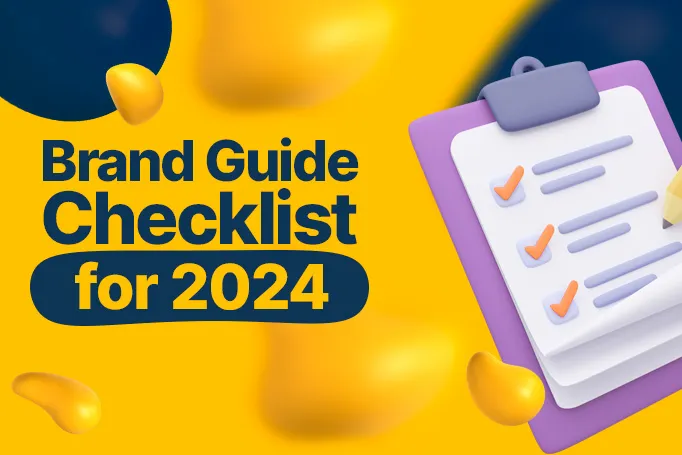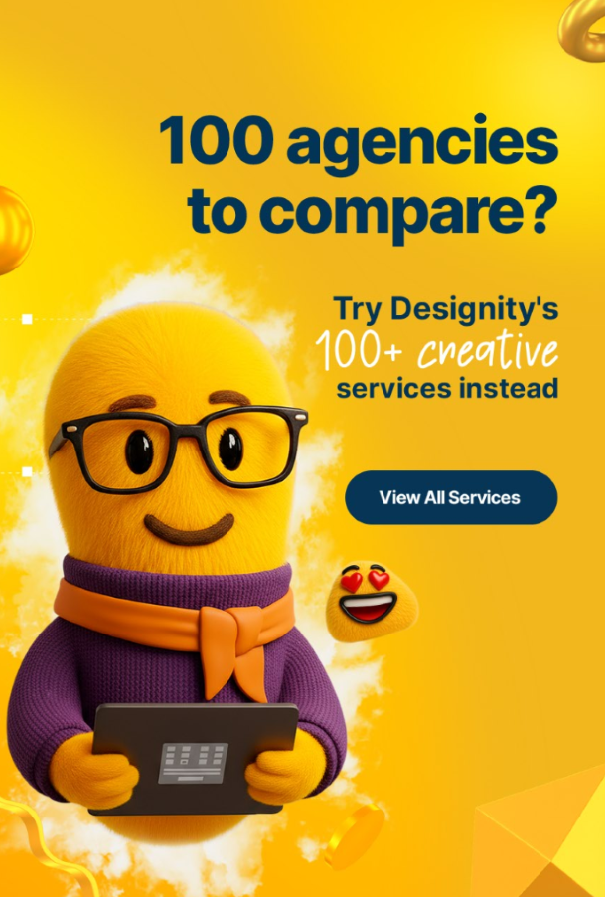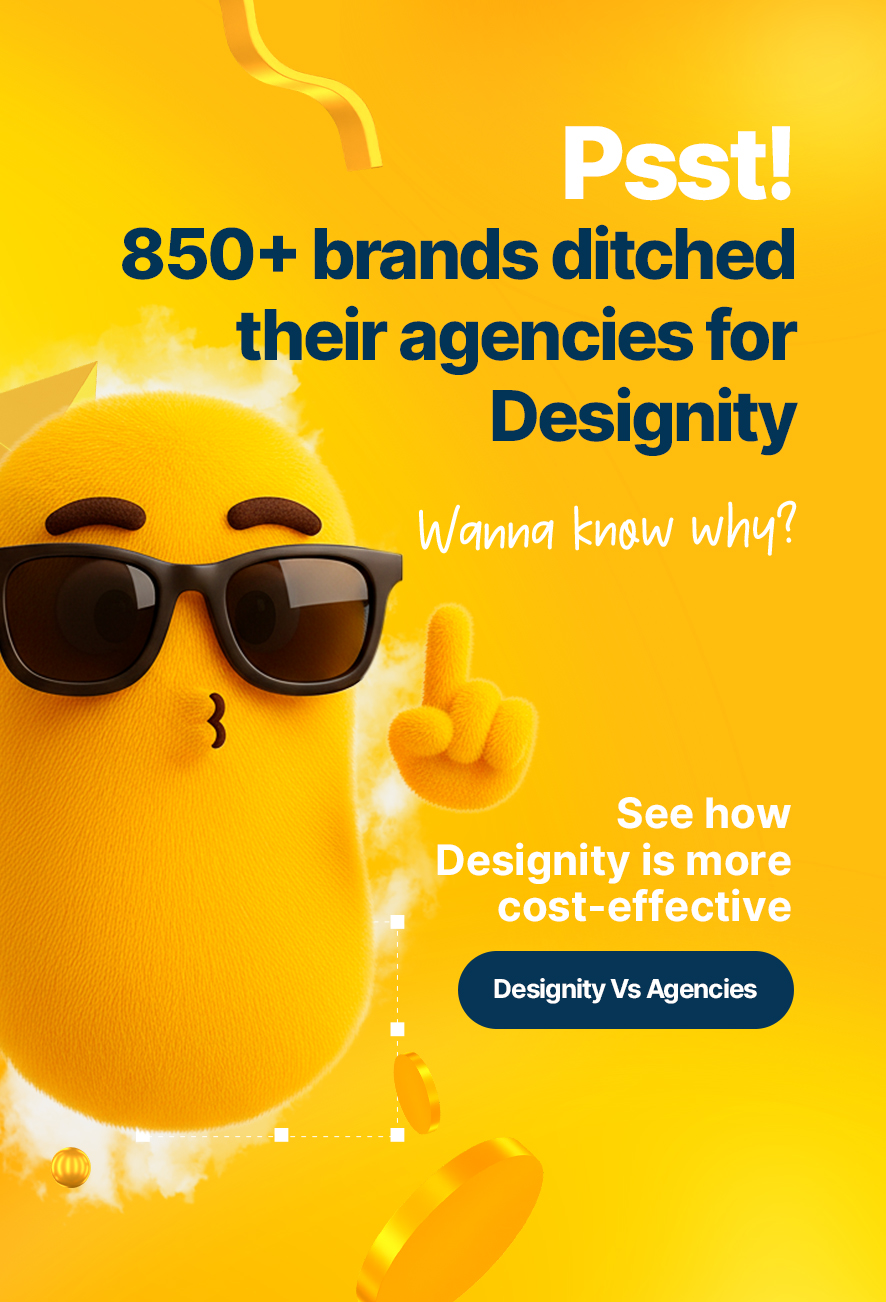Building Brand Loyalty
While having a slick logo and an established visual identity is undeniably important, believe it or not, it’s only the first step toward building a brand that truly stands out.
And in today’s competitive business landscape, standing out from the competition is essential if you want to build brand loyalty and establish a strong market presence for yourself.
A big part of achieving all of that is to create a well-defined brand. And we’re not just talking about looks, we’re talking about your entire brand identity.
To do this, you need to create a system where your employees are all equipped to put your brand into action, where your marketing team knows what their boundaries are, and where your creative team has the inspiration and confidence to create sales and marketing materials that align with your values and mission.
This system is your brand guide book.
What is a Brand Guide?
A brand guide, also known as a brand style guide or brand identity guide, is a comprehensive and detailed document or slideshow that meticulously explains the guidelines and standards for presenting a brand (your brand, in this case).
Its goal is to be a reference guide for any internal or external teams and stakeholders, so that no matter who is completing work for your brand, your visual identity and representation remains consistent and accurate.
It should be so thorough that even if you outsourced graphic design work or copywriting or video production jobs to freelancers, they would be able to take a look at your brand guide and know exactly how to make their work consistent with the rest of your collateral.
How to Create a Brand Guide

Consistency is extremely important in establishing brand loyalty, so if you’ve never had a dedicated brand guide, here are the most vital elements you’d have to decide.
Brand Identity Guidelines
Your brand identity guidelines determine your brand's rules and where and how they come into play, such as how and when you can use your logo, what it looks like on branded material, or perhaps what can and can’t be associated with your brand, etc.
Often this section of your brand book will include a list of Dos and Don’ts to illustrate the appropriate way to use your logo, color palette, and other design elements that you have.
The purpose of all of this is to give your employees, partners, and anyone who works with you, a clear guideline in who you are and what you stand for, as well as let them know how your brand elements are to be used.
Here are some more things you'll find in your brand identity guidelines:
Brand Story Overview
Your brand story overview is all about the history of your brand. It could be your unique founding story, how you came to be, what inspired your business, or maybe what your vision for the future is.
You’ll also want to include your core values, what you’re all about, and your mission statement to really connect with your audience and relay your shared ideologies.
Logo Application Rules
This is where your logo is unveiled in all its glory!
And not just what it looks like, but how it can be used.
If you’re wondering what we mean by that, then don’t worry. Many don’t realize that there are many companies that have strict rules on how their logo can be displayed, including what background colors it can be on, what part of the letterhead, and how big it has to be in proportion to other elements on the same collateral.
Logo application rules also outline what colors your logo can be and approve any variations of your official logo (such as a black and white version or a simplified version that you’d use on an app icon) that can be used on official marketing collateral. This includes specifying down to brass tack details like line weight, placement, and even the amount of padding that needs to be around it.
It might sound like a lot, but your logo is a representation of your brand, and you don’t want to see it misused!
Brand Applications
Brand applications are the guidelines that must be followed when using your brand elements on print material, social media, merchandise, and packaging.
This is especially useful if you are outsourcing any packaging or label design to other companies to keep your logo and other brand elements looking like they are meant to look!
Brand Style Guide

With your brand rules in place, you’ll next need the style portion of your guide, where you nail down your brand’s look in detail.
Trust us, the details are important. You want your marketing collateral to be cohesive and consistent, and you want to avoid having your brand misrepresented, especially if you’re partnered with another company that might not be as familiar with your standards.
Your brand’s unique look consists of the following:
Define Your Brand’s Color Palette
Your brand color palette is an essential part of your brand and, behind your logo, one of the most recognizable, so choose your colors wisely!
And while the amount of primary brand colors you choose is completely up to you, it is important that the shades of your colors be noted to keep everything looking sharp. Just like you can’t order a blue shirt from four different stores and expect them to be the same shade of blue, you can’t just tell a designer you want your logo to be "red and white" and expect it to match your vision.
Your brand book will detail your chosen colors are detailed down to their HEX codes for ultimate consistency.
Typically, a brand’s color palette consists of your primary colors (the main ones in your logo probably), then secondary colors to expand on and complement those primary colors.
In addition to those primary and secondary colors, most brands also have tertiary colors that are used every now and then for some variety and contrast. Some companies even have a color palette used exclusively for internal communication! It’s all up to you and how detailed you want your brand to be.
Define Your Brand Tone of Voice
If you take a good look at brands like Dollar Shave Club, Dior, Nike, Old Spice, and Chanel, you’ll note that they have a very distinctive tone of voice not only in their commercials but on their socials and their print ads too.
Well, guess what? Your brand needs a distinctive brand voice too (more on that in tomorrow’s blog!) and when you find it, you’ll want to note it in your brand book to ensure that all your written material from ads to blogs to social media posts have the same tone of voice no matter who’s writing them.
Typography
Trust us, you don’t want your written material to look like a Geocities website with 47 different fonts in 11 different styles.
Pinning down your typography is a huge help for your consistency because it tells different designers and copywriters what fonts and styles go with your brand.
The typography section of your brand book will go into more detail than just your approved fonts, however. This is where you’ll choose not just your font, but its size and weight, the headline and subheading styles you want, and how you’ll create hierarchy in written content (i.e., bold, italics, never italics, in a certain color, etc.)
You’ll also include rules for how to enlarge or shrink down your font so that your copy, slogans, and taglines look the way they always should no matter if they’re stretched across a billboard or on a pen you’re giving away at a trade show.
Image and Photo Guide
This section of your brand guide details the kind of photos and illustrations your brand will use in brand assets like brochures or slide decks, and even internal communications.
It will outline what kind of photos are used (color only, black and white only, color treated, whatever you decide), if there are any borders around these photos, and what the subjects in them are doing (candid only, always in movement, minimal, etc.).
It will also include any approved illustrations and icons, any variations in the kind of illustrations that can be used (2D only, 3D only, light line weight, heavy line weight), as well as how, where, and at what frequency you can use them.
<div class="c-blog_comp-cta cc-component-1"><div class="c-blog_comp-cta-left"><div class="c-blog_comp-cta-left-wrap"><img src="https://global-uploads.webflow.com/61cdf3c5e0b8155f19e0105b/6369722e59155470b6840033_Potential-clients.png" loading="lazy" alt="" class="c-blog_comp-cta-left-img"></div></div><div class="c-blog_comp-cta-right"><div class="c-blog_comp-content"><div class="c-text-wrapper cc-mb-32"><div class="c-title-4 cc-bold"><strong>Want to save money without sacrificing the quality?</strong></div></div><div class="c-text-wrapper"><div class="c-text-2">Say goodbye to traditional, expensive agencies and unreliable marketplaces. Say hello to Designity.<br></div></div></div><div class="c-blog_comp-wrapper"><a href="/pricing" target="_blank" class="c-button cc-primary cc-inverted w-button"><strong>Get Your 2-Week Trial</strong></a></div></div></div>
Brand Book … Check?
We know, we know.
It’s a LOT.
But, by following the guidelines outlined in your brand guide book, you’ll ensure that you keep your brand consistent across all platforms and start building that brand recognition and customer loyalty that you need to succeed!
And if this seems like too much for you to decide, then that’s okay!
We’ve got you covered, friend.
At Designity, branding and logo design is kind of our thing. We love to help companies, whether they’re established brands or fledgling startups, find their visual identity and brand personality.
Your dedicated Creative Director will work together with you to find your true self and create a brand guide book that perfectly captures your brand essence, defines your unique voice and personality, and details the guidelines that it will take to apply your uniqueness across all of your platforms and communication channels.
Is your brand ready for 2024?










